|
The end of hurricane season signals a few traditions at our home. First, we take down the hurricane shutters and second we call the screen enclosure repairman, to replace any frayed, loose or "holey" panels caused by golfers whose drives were not so straight. Early evening after the screens were repaired, I noticed there was now a lone Monarch butterfly trapped inside the screen enclosure. It must have flown in while a screen panel was out. The next morning, I saw another monarch butterfly outside the screen enclosure, hovering nearby as the trapped butterfly inside was searching for an exit. I got a ladder, reached up to gently grab the butterfly’s closed wings, and released it outside. Immediately, his/her friend rushed to its side, and they tootled around the backyard all afternoon, happily reunited. With its iconic orange and black markings, the Monarch Butterfly (Danaus plexippus) is one of the most recognizable butterfly species in North America and is known for its impressive long-distance migration, and is a candidate under the Endangered Species Act. The 2,500 mile Monarch butterfly migration starts in Canada in early Fall. The group living east of the Rocky Mountains migrates south to Central Mexico while those living west of the Rockies migrate to southern California. Both locations have the montane oyamel fir and native pine forests. Butterfly gardens are beautiful spaces full of colorful fluttering butterflies. I plant flowers and also choose native trees to provide a source of nectar for the butterflies, as well as to serve as host plants for the caterpillars. There are Monarchs in my backyard year round. According to experts, our Florida Monarchs are a different subspecies and they don't migrate. Tropical milkweed (Asclepias curassavica), a native to Mexico, can be found in most garden stores, and Monarch butterflies are really attracted to it. It is also known as butterfly weed, milkweed, or silkweed, and it produces bunches of orange, yellow, and red tubular blooms for months. With its ability to tolerate the hot sun and sandy soil in the Florida Keys, the Giant Milkweed (Calotropis gigantea), also known as Crown Flower, is a hardy plant that just wants to live. “Giant”… it grew in four months to about five feet, and just as I was ready to cut it back, the caterpillars appeared. Milkweed is the only food the larva can eat but it eats enough to increase its weight 2,700 times in just two weeks. New gardeners are often shocked when they see their beautiful plants all of a sudden just a couple sticks after the caterpillars have eaten every green and flowering piece of it. Luckily, the milkweeds don’t die... they are accustomed to providing food, and soon the leaves are back, and the silky seed pods open and are released in the air, to land where they may, thereby creating more plants. Milkweed is a host plant for a number of pollinators, so use of pesticides on milkweed is discouraged. Aphids can be a problem, that can be fixed with a strong blast of water from the hose… or let the ladybugs, present in a healthy, balanced environment, take care of it. With both types of milkweed in my garden, I observed the caterpillars feeding on the Giant milkweed appear more white with black coloration, as opposed to the caterpillars feeding on the tropical milkweed, who appear more yellowish/orange with black. Speculation on my part perhaps? Could it be caterpillars, as do humans abide by the rule: "you are what you eat”? Only a couple caterpillars survive to become adults; the rest become food for birds, frogs, spiders, lizards, and every other creature out there.
Cages for caterpillars? There are citizen scientists who have screen mesh houses, where they observe the lifecycle from egg, to caterpillar, pupate, to emerging butterfly. As long as there is a clean environment, with enough fresh plant material for food they are fine. More than just science, it is a way of boosting the population of a certain species.
0 Comments
In 2020, my friend and naturalist Bunny Bradov spotted a rare butterfly in my garden. She dashed to her car to get her GPS and notepad. and I kept track of its movements. It was a Bahamian Swallowtail butterfly, attracted to the wild lime and wild coffee plants in my yard. A garden brings you closer to nature, as you breathe in fresh air and exhale that which no longer serves you. After my experience with Bunny, I found myself in the garden not only while contemplating my morning coffee, but also random times of day, checking on the birds, butterflies, and other critters residing or passing through. My definition of “weed” changed to “native nectar providing plant” for a White Peacock butterfly. After seeing the Bahamian Swallowtail, I signed up for the annual Schaus Swallowtail butterfly survey which takes place in the refuges of N. Key Largo each Spring and Summer. The Schaus Swallowtail (Papilio aristodemus ponceanus) is one of the rarest butterflies in the United States and has been listed as an endangered species by the State of Florida and the federal government since 1975. It once ranged from the Miami Hammocks to Lower Matecumbe Key, and there are some records that it had been seen on Key West. Today it is found only on northern Key Largo and several small Keys in Biscayne National Park. In 1984, numbers sank to an all-time low, when an estimated 70 or fewer adults were left in the wild. Studies showed that Monroe County Mosquito Control District spraying pesticides was the chief factor contributing to the rapid decline of the species. Jan 1991 Mosquito Control stopped spraying the hammocks of N. Key Largo. In 1991 and 1992 the populations rebounded. Unfortunately August 1992 Hurricane Andrew passed over the Upper Keys and Biscayne Bay and did great damage due to high winds and 4-10 ft storm surge covering Elliott Key for at least an hour. Luckily the National Park Service and the State had authorized the removal of 100 eggs from wild females on Elliott Key just 2 months prior, to start a captive breeding program at UF with the intention of reintroducing them into the wild. Each Spring, volunteers begin entering the hammocks to record sitings of the butterfly, and report back to researchers. If it is dry, chances are low for seeing a Schaus. Schaus’ pupa can remain inside their hard shelled cocoon for up to three years, until the environmental conditions are right, before emerging. North Key Largo generally receives more rainfall, than "downtown" Key Largo. Since I live in “uptown” northern Key Largo, close to the refuges and prime Schaus’ habitat, the group asked me to share daily rainfall totals, to better predict when the Schaus butterflies would emerge. Schaus are particularly dependent on precipitation. They lay their eggs on Torchwood (Amyris elemifera) and on Wild Lime (Zanthoxylum fagara). Abundant rainfall ensures there is enough new growth for the caterpillars to feed on. Butterfly surveyors get all “aflutter” when they think they’ve spotted their prize. This year, Bunny and I were surveying at Crocodile Lake NWR, when we spied a swallowtail on a native plant, but this time it is a Giant Swallowtail butterfly, a common species. Only Schaus and Bahamian Swallowtails are logged with GPS and time spotted, but all butterfly species are counted in the survey report. To survey in the summer heat with mosquitos, it takes some pretty hearty souls, with backgrounds as diverse as the plant community, yet all come with a passion and curiosity for nature. Linda Evans started butterflying in 2004 after one of her dental hygiene patients asked her to put signs in front of the butterfly plants at Fairchild Tropical Gardens, where she was driving the tram. She’s been involved ever since. “It’s a full-circle community conservation effort,” Crocodile Lake NWR refuge manager Jeremy Dixon said. “We have volunteers going out collecting seeds, growing the plants (Pennekamp nursery) and then planting them for the very butterflies they’re doing surveys for.” Planting native plants such as Torchwood and Wild Lime for the Schaus population is good management for the refuges, but it can also be a common sense approach for a home garden too, as we live in a world of dwindling natural spaces. The “right plant, in the right place” will thrive in your garden without costly chemicals or special maintenance. A garden is one of the few things in life you can control… somewhat… depending on the wind. In the last five years, a trend of concern involves companies promoting spraying services to create an "all kill" zone in people's yards. If you are trying to manage butterfly populations, and a butterfly cannot fly through someone's yard without getting killed, that’s a problem.
To learn more about our butterflies, or provide support, check out the Miami Blue Chapter of the NABA. |
CAROL ELLIS
This photographic website provides me the opportunity for self-expression, for sharing Archives
February 2024
TAGS
All
|
© Copyright 2022. Carol Ellis Photography.
All Rights Reserved.


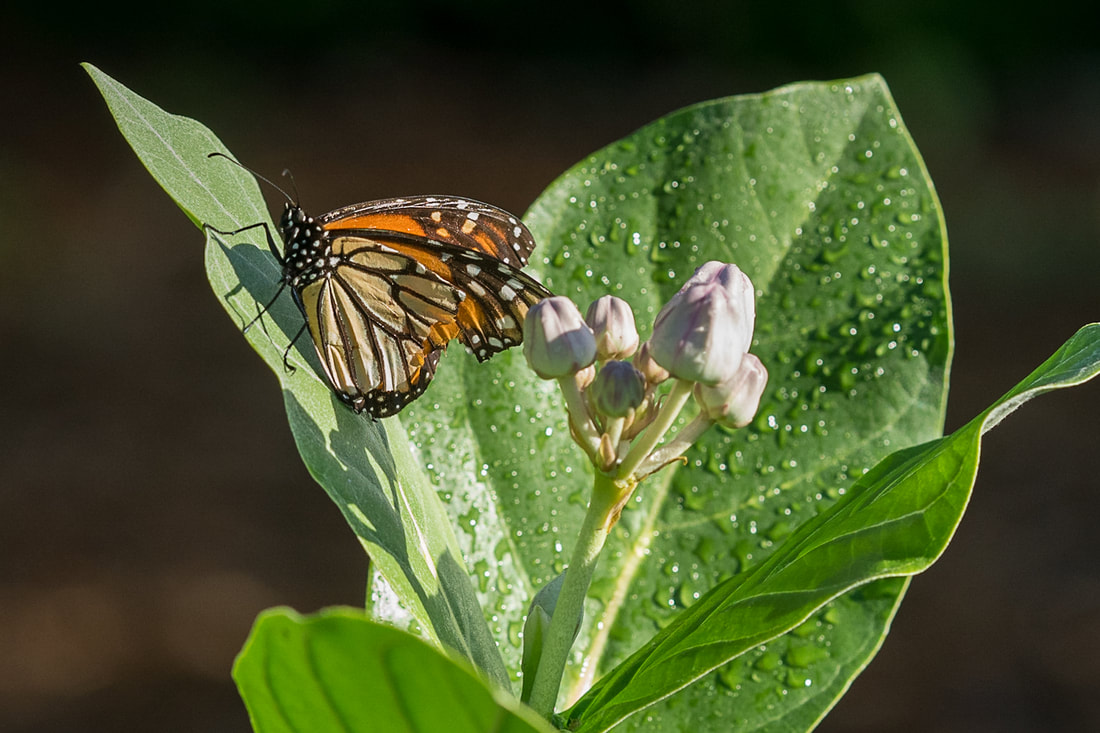
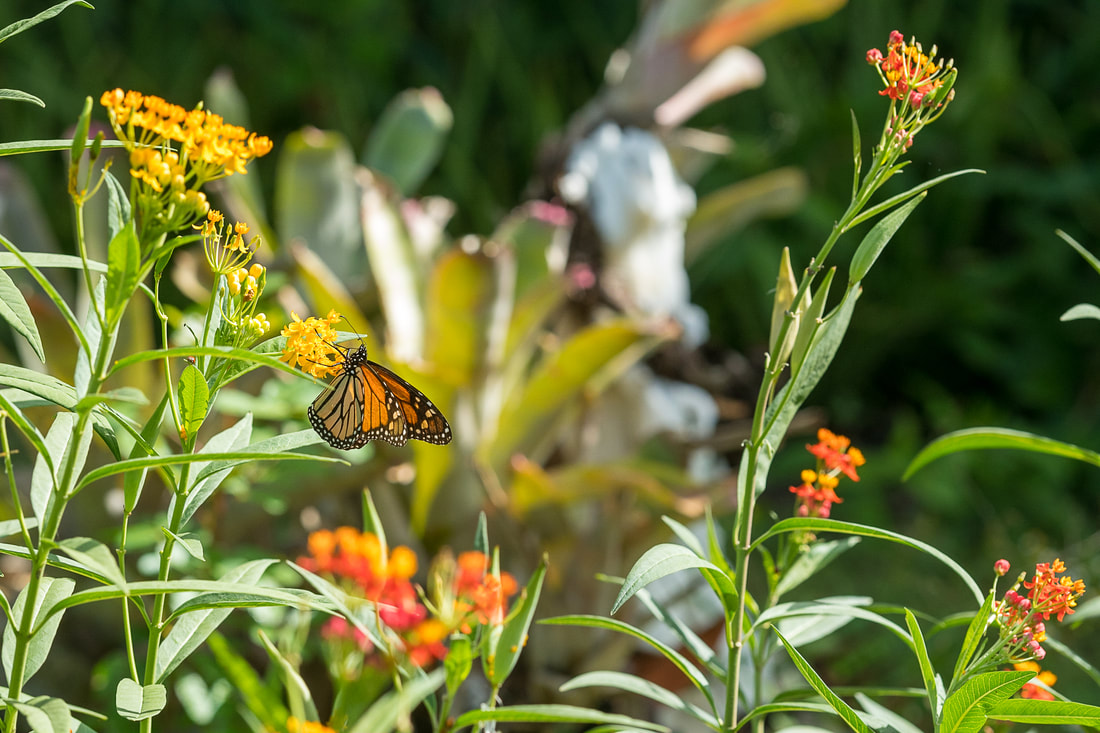
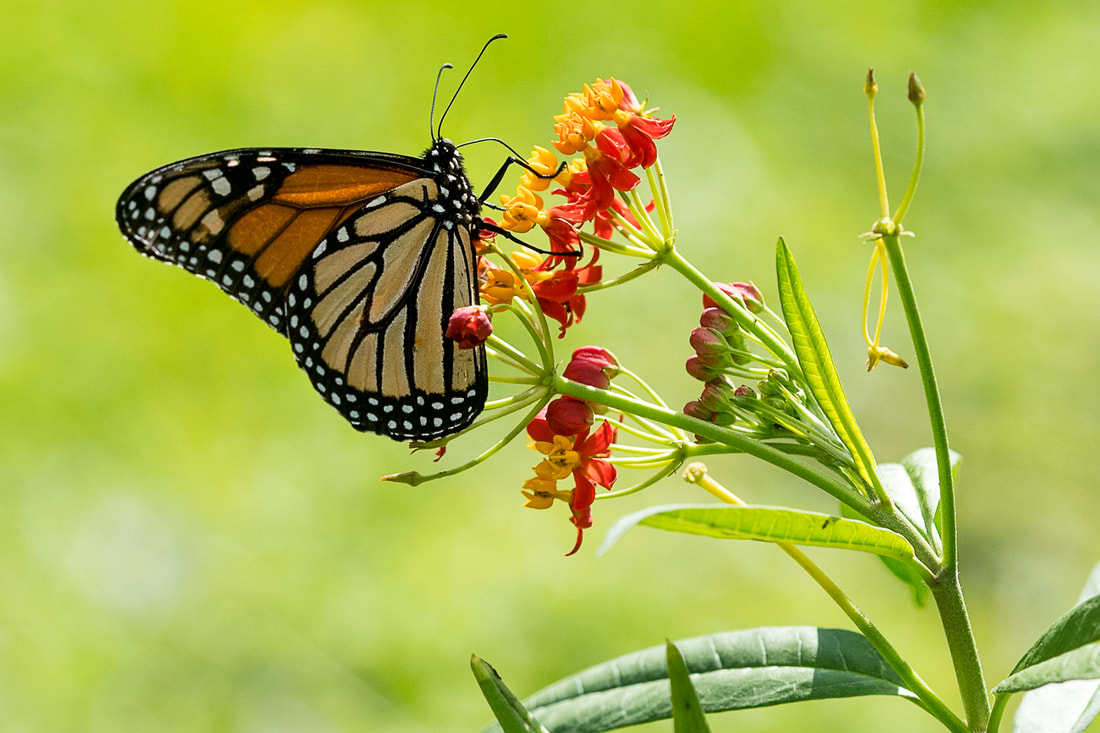
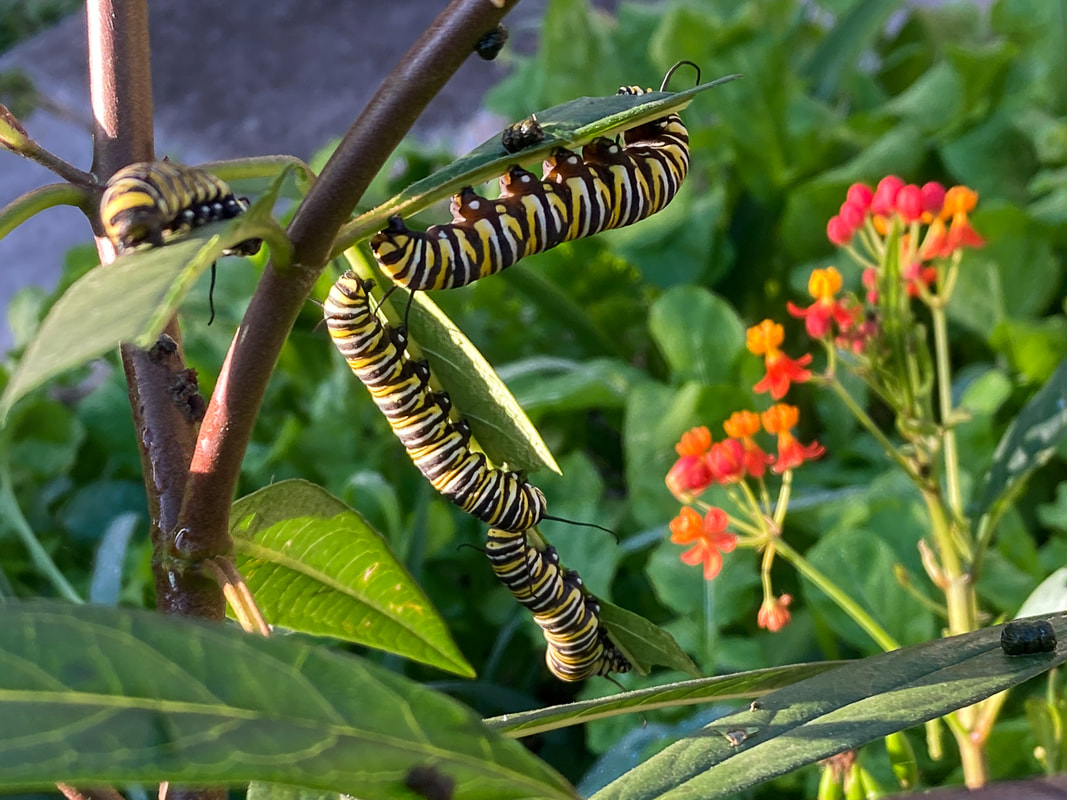
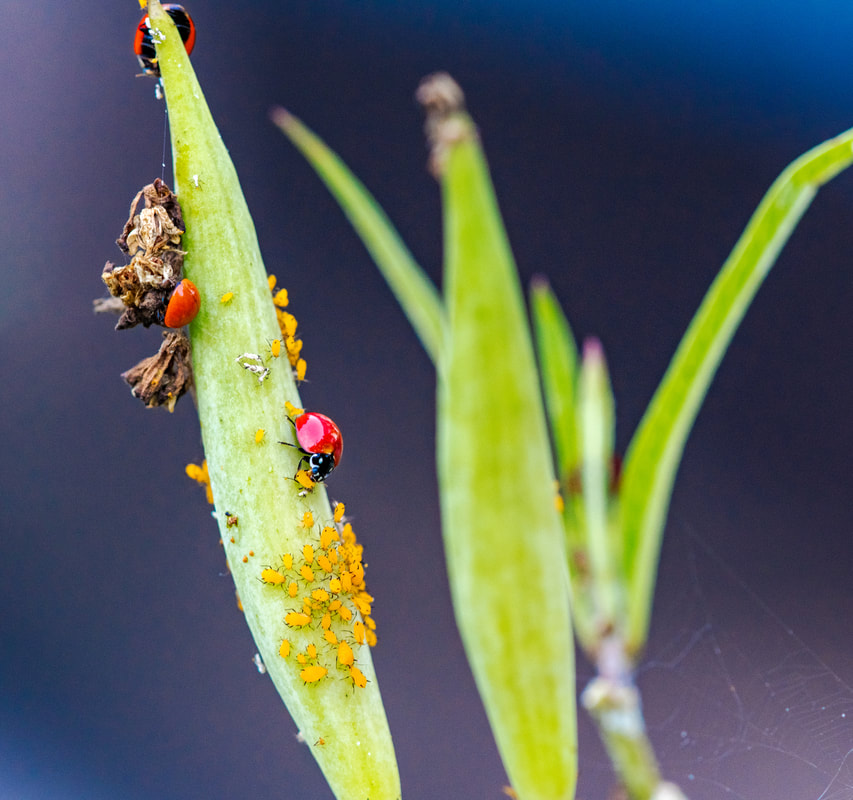
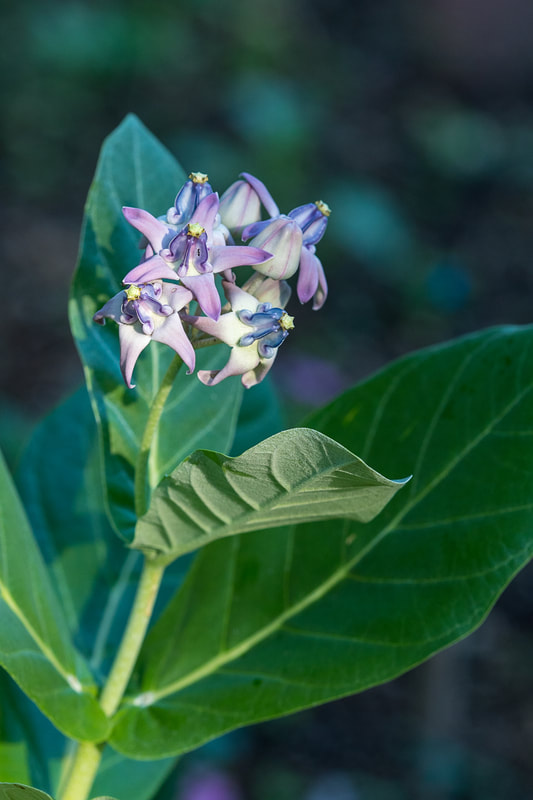
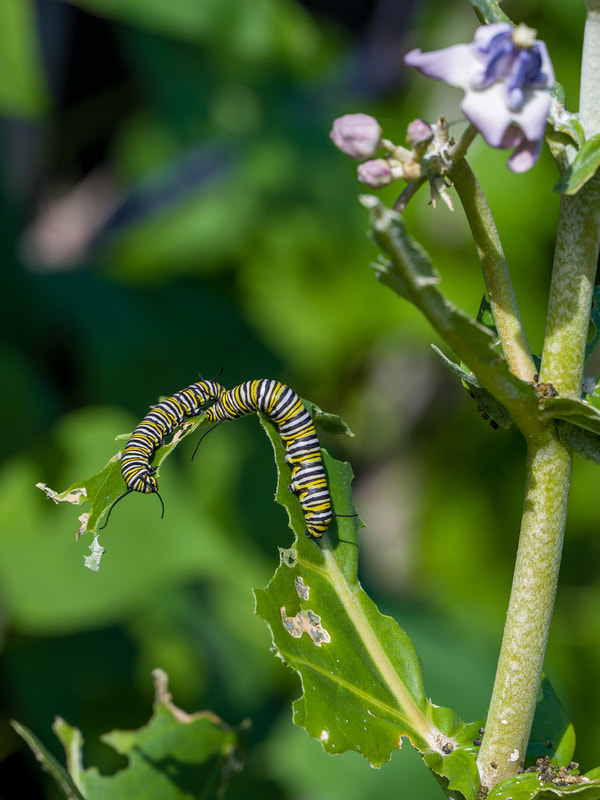
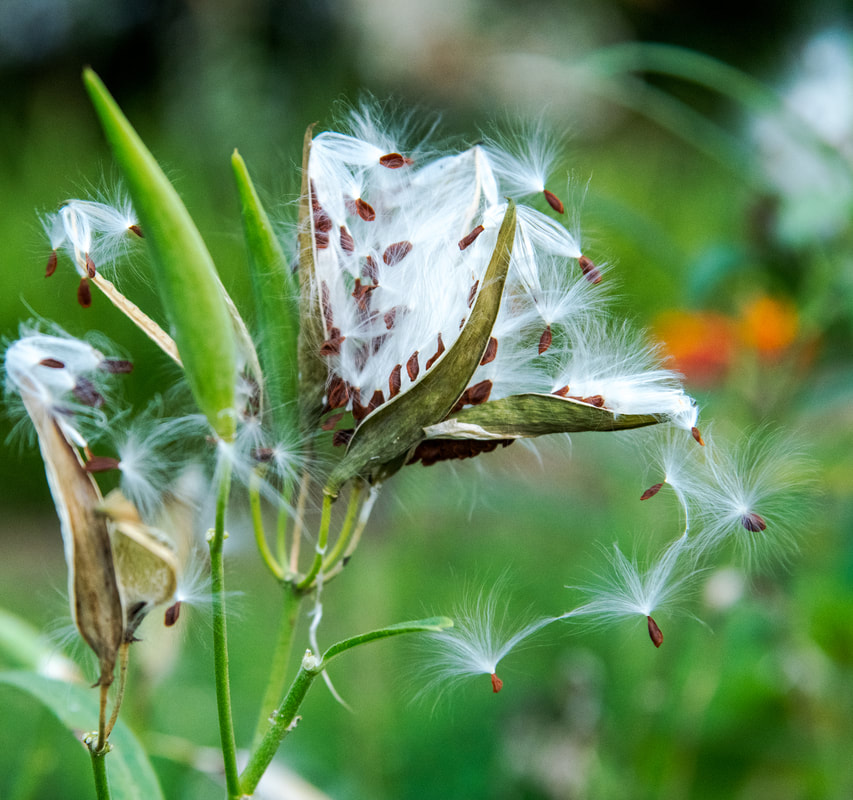

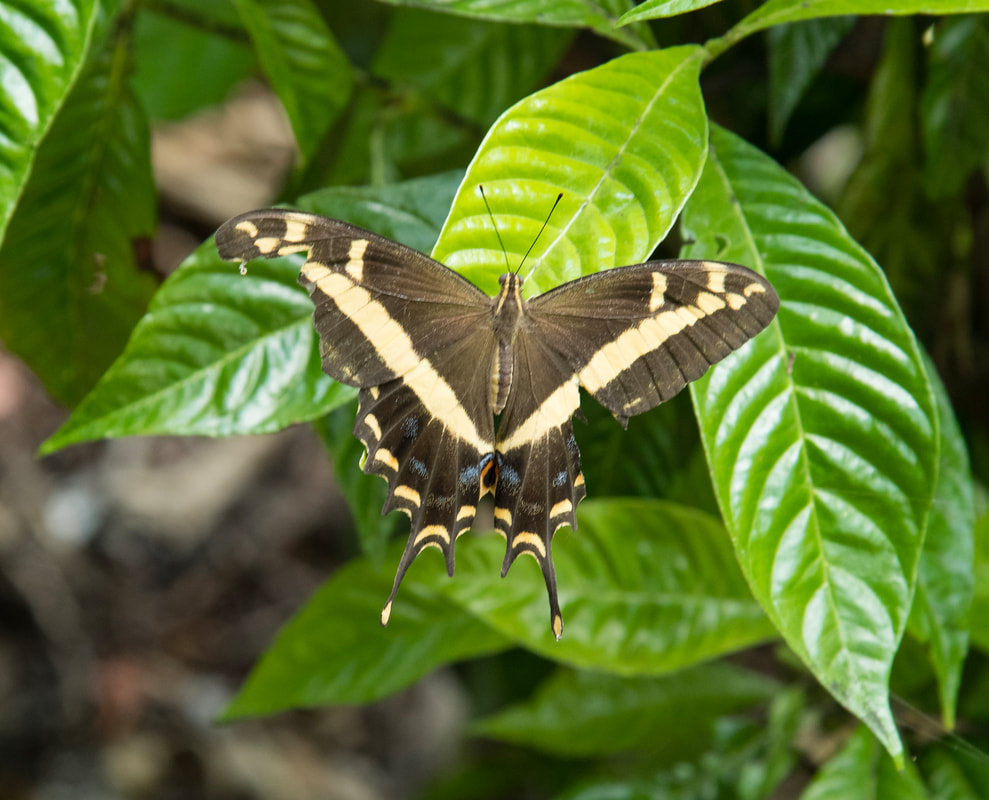
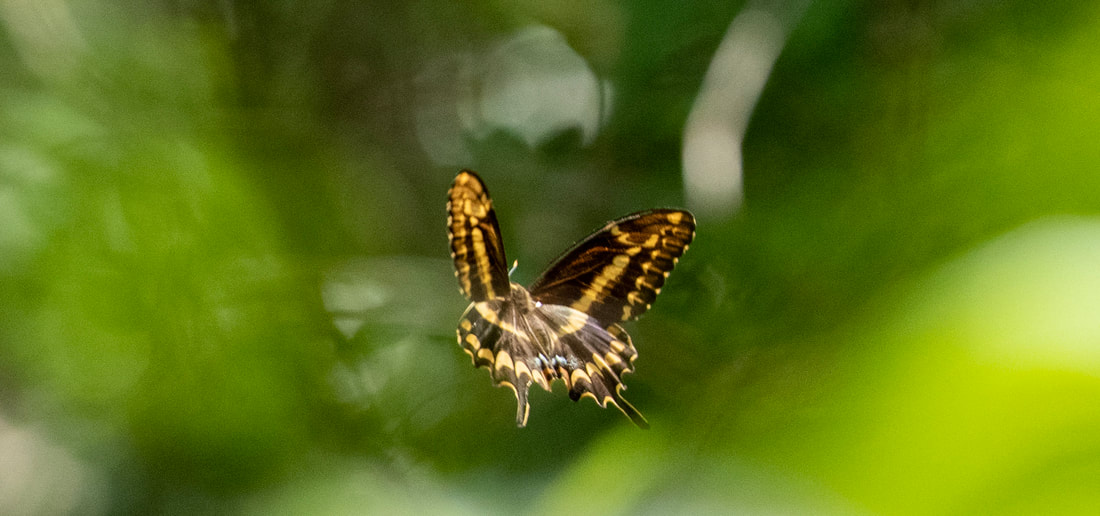
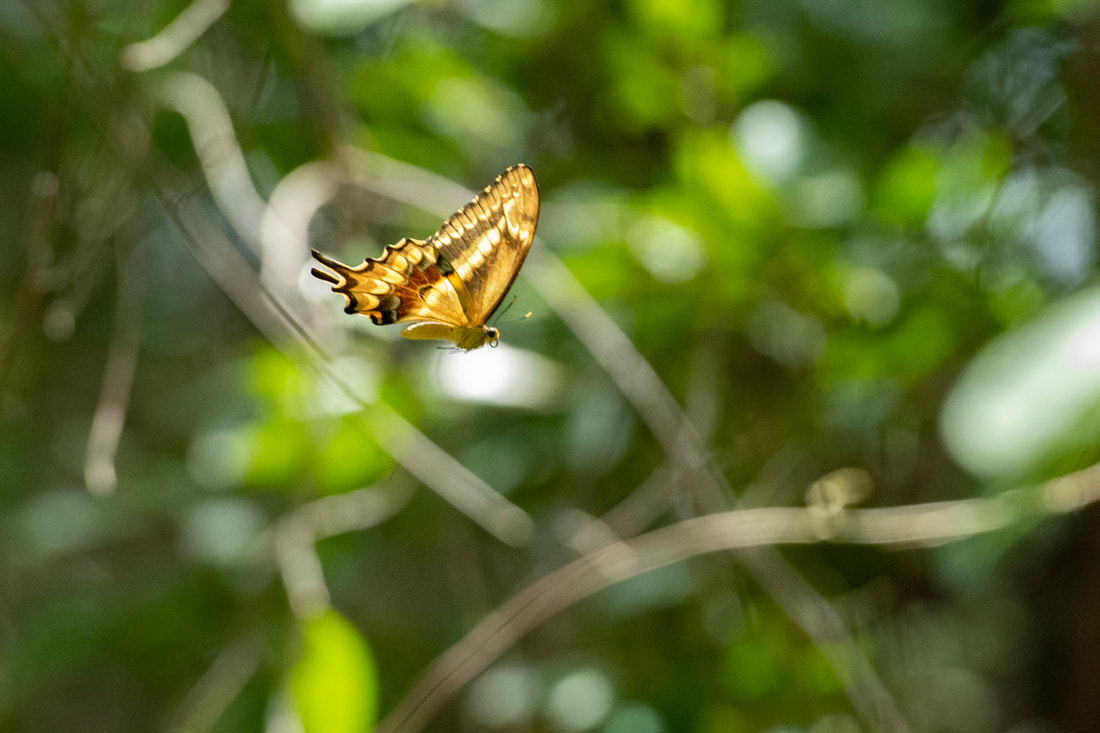
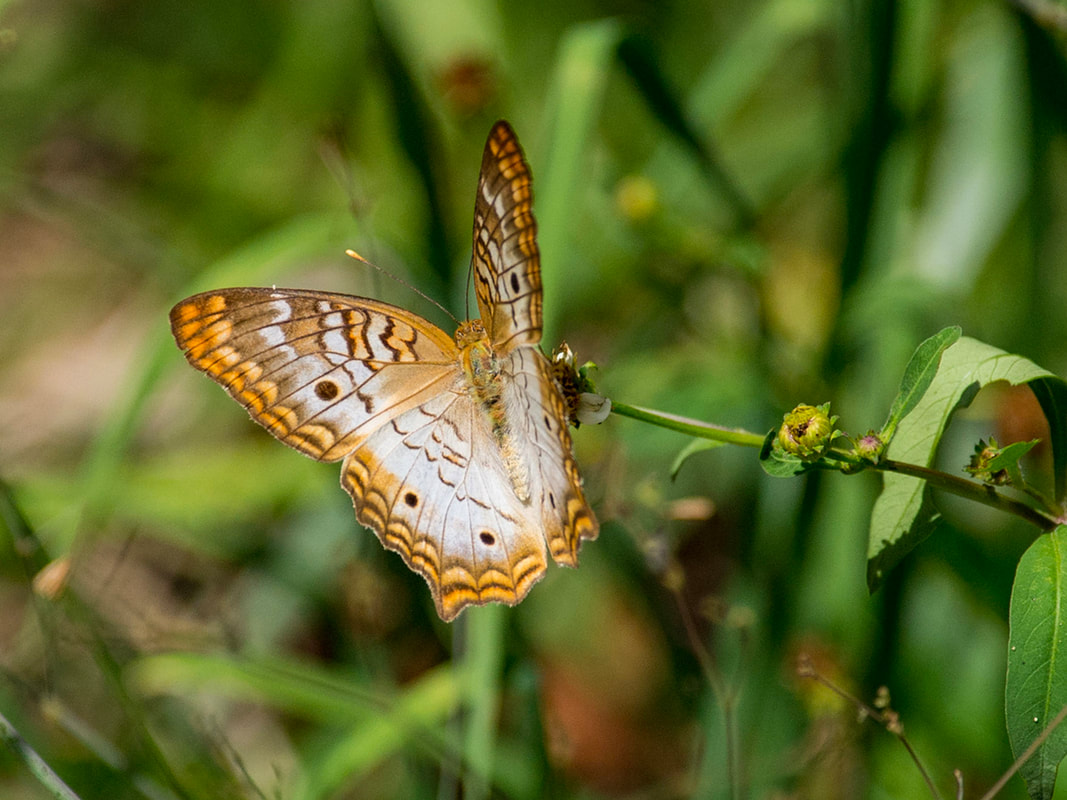
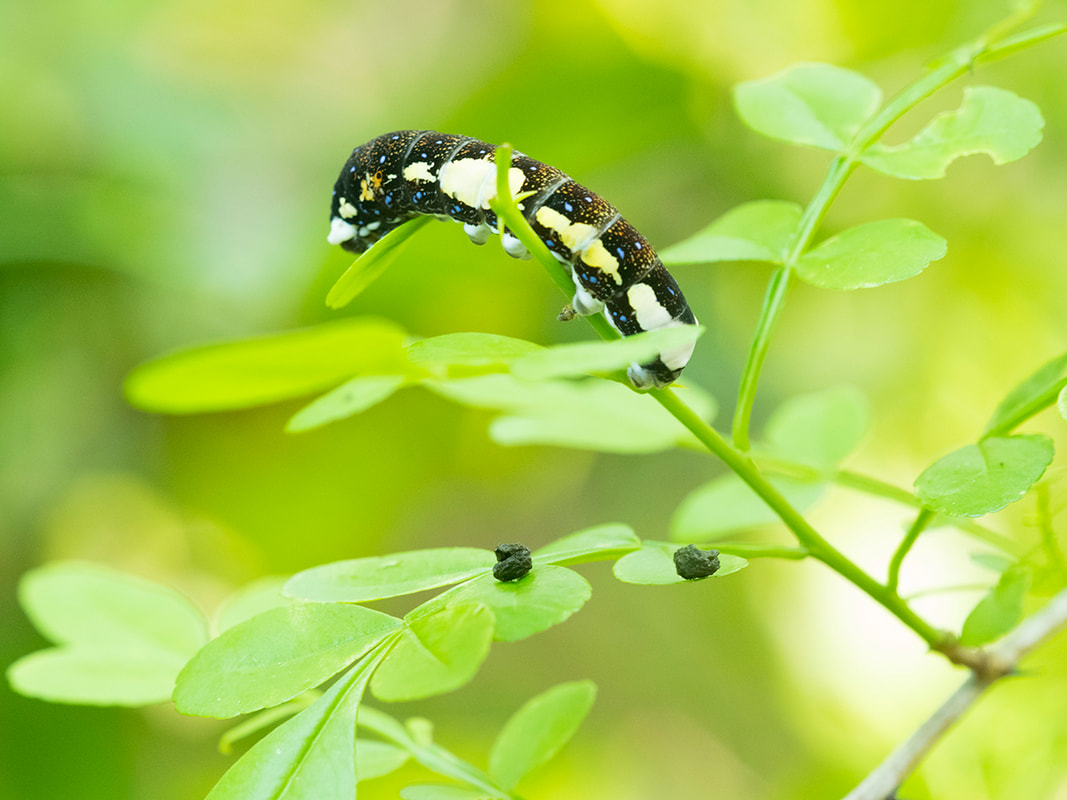
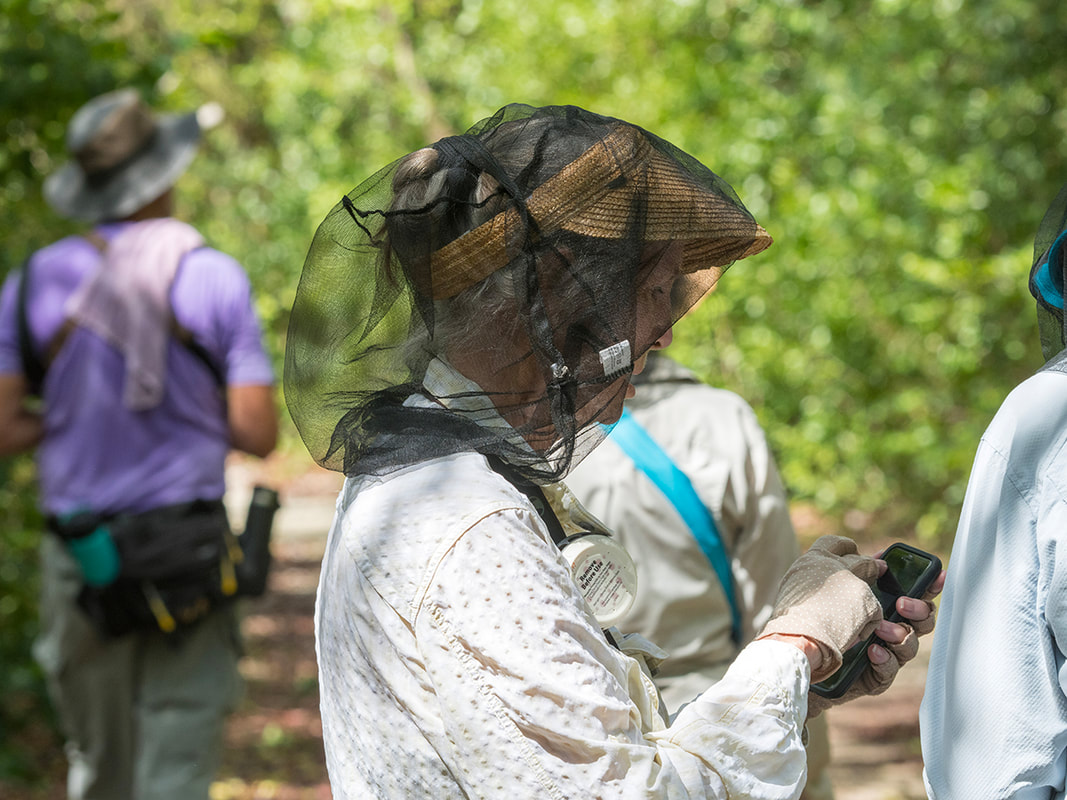
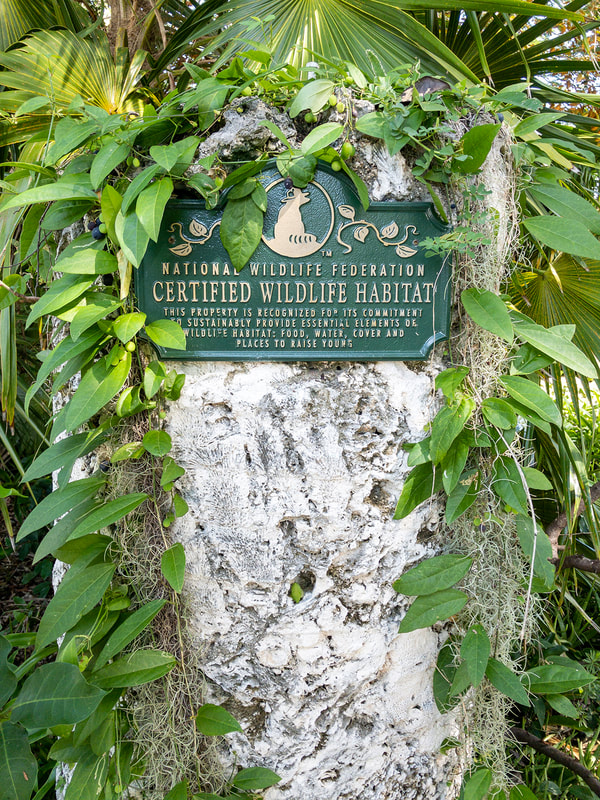
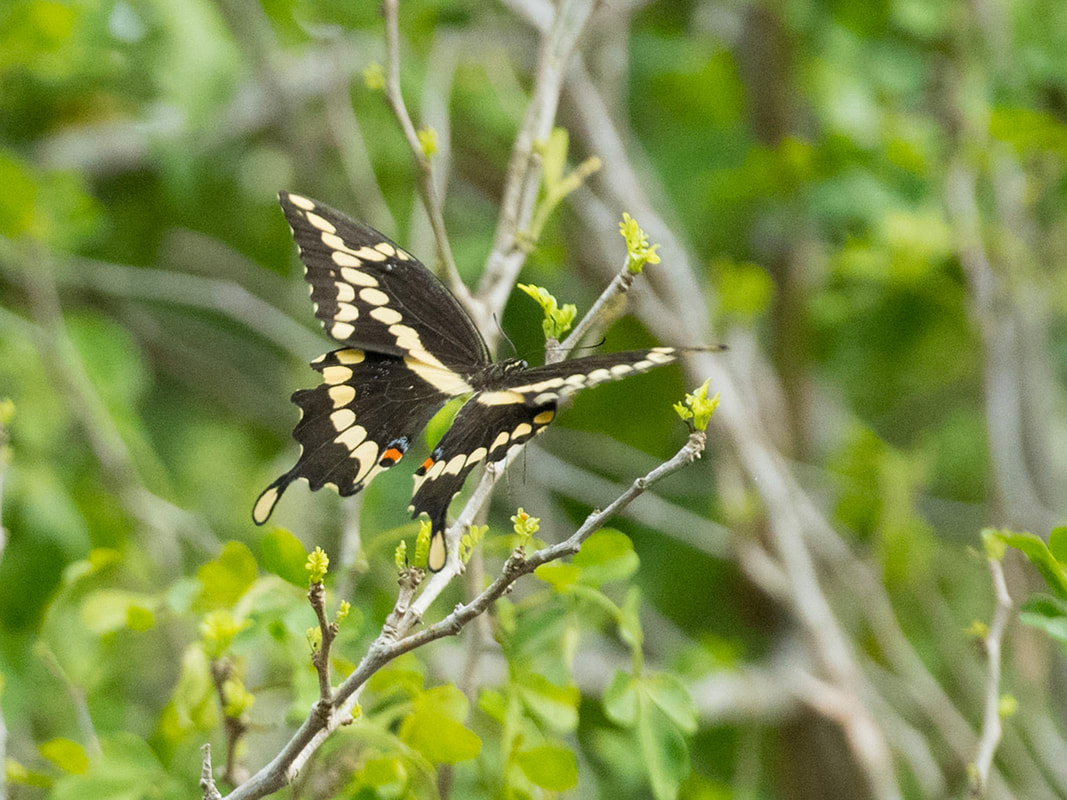
 RSS Feed
RSS Feed
